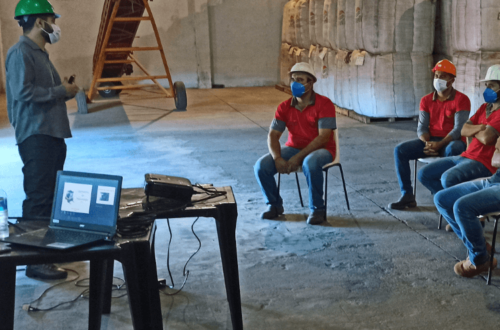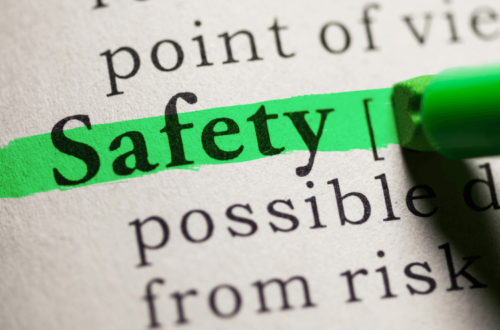
Ensuring a Secure Workplace
Safety is essential in any workplace, but in the case of workplaces, there are more risks. Whether you’re an experienced professional or a newbie to the field, learning and using the most effective procedures for workplace safety is essential to safeguarding the safety of your employees, yourself, and your company. This guide’s comprehensiveness is intended to give you the essential skills and strategies to ensure a safe working area, recognize potential risks, and develop safe procedures. Let’s begin this journey as a team, and ensure that everyone is safely home when we finish the day.
Why Jobsite Safety Matters
Safety on the job site can’t be understated. Each year, thousands of incidents occur at work sites that result in deaths, injuries, and substantial financial losses to businesses. Safe working conditions do more than safeguard the health of employees; they increase productivity as well as reduce interruptions because of incidents. Furthermore, following the safety rules and guidelines will protect your business against legal liability.
1. Conducting a Comprehensive Safety Assessment
The first step in ensuring jobsite safety is conducting a thorough safety assessment. Start by identifying potential hazards and risks unique to your specific worksite. Engage with your team to gain valuable insights and perspectives, as they are on the front lines and may have a better understanding of potential dangers.
During the assessment, consider factors such as:
- Physical Hazards: Identify any hazards related to equipment, machinery, or the overall layout of the worksite.
- Chemical Hazards: Ensure proper storage and handling of hazardous materials to prevent accidents.
- Environmental Factors: Consider weather conditions and their impact on safety.
- Ergonomic Concerns: Assess repetitive tasks and ensure proper ergonomics to prevent musculoskeletal issues.
2. Implementing Safety Measures
Once you’ve identified potential hazards, it’s time to implement safety measures to mitigate risks. Create a comprehensive safety plan that includes:
- Personal Protective Equipment (PPE): Mandate the use of appropriate PPE, such as hard hats, safety goggles, gloves, and ear protection, based on the specific job requirements.
- Safety Training: Conduct regular safety training sessions to educate employees about potential hazards and the correct use of safety equipment.
- Safety Signage: Clearly mark hazardous areas and provide safety signs to alert workers about potential risks.
- Emergency Response Plan: Develop and practice an emergency response plan to handle accidents and evacuate the worksite if necessary.
3. Maintaining Equipment and Machinery
Regular maintenance of equipment and machinery is crucial for preventing accidents. Inspect and service all tools and machinery periodically to ensure they are in optimal working condition. Faulty equipment can lead to dangerous incidents, so make sure to address any issues promptly.
4. Promote a Safety Culture
Fostering a safety-first culture among your workforce is key to maintaining a secure jobsite. Encourage employees to report safety concerns and near-miss incidents without fear of reprisal. Recognize and reward those who actively contribute to a safe working environment.
5. Regular Safety Audits
Periodic safety audits are essential to assess the effectiveness of your safety measures and identify areas for improvement. Engage an external safety consultant to conduct thorough audits and provide unbiased insights into your safety practices.

6. Compliance with Safety Regulations
Stay updated with local and national safety regulations relevant to your industry. Compliance with these regulations is not only a legal obligation but also a way to ensure the well-being of your employees and avoid costly penalties.
7. Regular Safety Meetings
Conduct regular safety meetings with your workforce to discuss safety-related topics, address concerns, and reinforce safety protocols. Keep the lines of communication open, allowing employees to share their experiences and suggestions for improvement.
Conclusion
In conclusion, prioritizing jobsite safety is a non-negotiable aspect of running a successful business. By following the comprehensive guide we’ve provided, you can create a safer working environment for your employees, reduce accidents, and improve overall productivity.
Remember, safety is an ongoing process, and continuous improvement is essential. Embrace a safety-first mindset, and together, we can make your jobsite a secure and thriving workplace.



